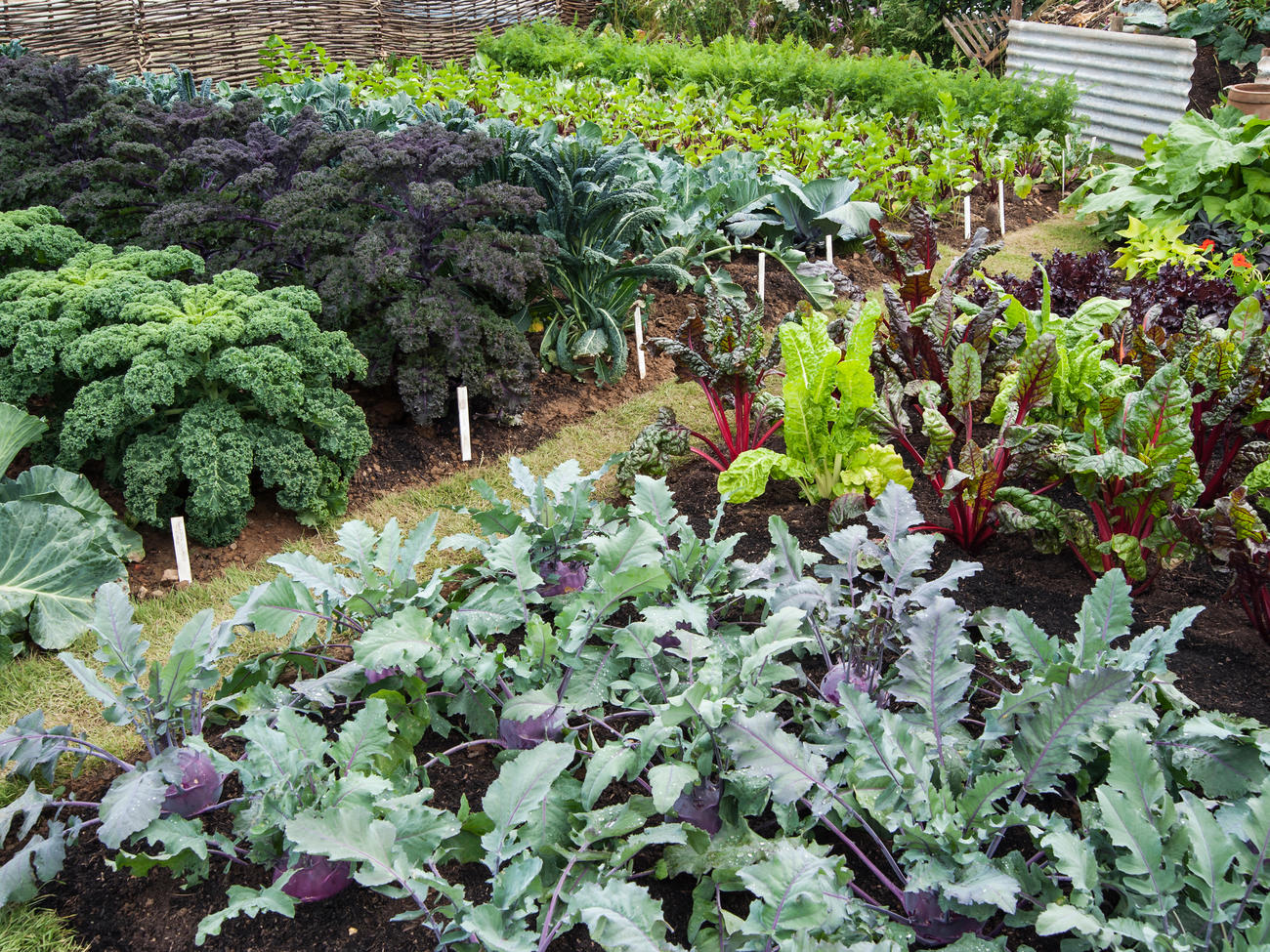
Our Guide to No-Till Gardening

As the days get shorter and the temperature drops, it’s time to remove the last of your summer crops and to plant all your favorite cold-tolerant fall and winter vegetables. But before you break out the spading fork or rent a rototiller to turn your beds, listen to these wise words from Paul Kaiser, owner of Singing Frogs Farm in Sebastopol, CA: “Don’t disturb that soil!”
Although the prevailing wisdom is to till before planting new crops, Kaiser’s farm proves this practice is a waste of time, energy, and hard-earned dollars. His fields in Sonoma County are never turned or tilled, yet annually they produce six times the state average of harvest revenue per acre.
Luckily for the home gardener, Kaiser’s practices also work in backyards and raised beds. Here are his three simple rules for no-till gardening:
Disturb Your Soil as Little as Possible
Keep those shovels, forks, and trowels in the garden shed! “You want to add biomass to the soil, but there’s no need to mix or till it in,” says Kaiser. Compost, manure, and rotting straw are all good things to add to your beds, but simply let them decompose on top of your beds and around your growing vegetables instead of digging them in. Not only will this hands-off approach prevent soil erosion, it also protects the microbiology living in the soil that promotes healthy plants and good root structure.
Kaiser also never pulls his vegetable roots from the ground. Instead, if a plant is ready to be harvested or has stopped producing, he cuts the stem at ground level and leaves the roots in the soil. This ensures that essential microorganisms living in that root structure stay in the soil and can transfer to new transplants and vegetables that are added to the bed.
Grow a Diversity of Green Living Plants
There should never be a day where something isn’t growing in your vegetable beds. Photosynthesis feeds not only your plants, but also the soil, so ensuring something leafy is always growing promotes healthy soil. Empty beds are also susceptible to erosion and other problems. “Don’t wait two weeks between cutting plants down and planting something new,” says Kaiser. “If you wait, the soil’s going to dry out, lose nutrients, and have weeds growing in it.”
As soon as your eggplant or cucumber stops producing, cut it down and replace it with a cool-season vegetable. “Keep that cycle of cutting and transplanting going,” encourages Kaiser. He also recommends transplants over direct seeding—the time it takes for a seed to germinate leaves the soil exposed and ripe for an explosion of weeds. A diversity of plants is important too, as vegetables from different families uptake and give back different nutrients to the soil
Keep Your Soil Covered and Protected
Although consistently growing plants and vegetables is the best way to follow this rule, mulches also do the trick. Straw or dead plant matter are good alternatives, but no matter what, don’t leave the soil bare over the winter.
